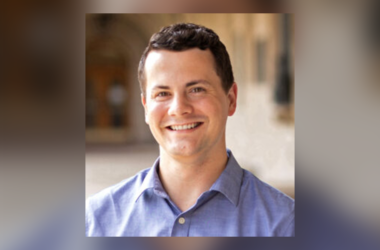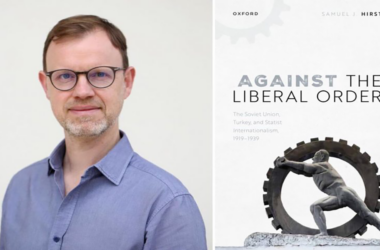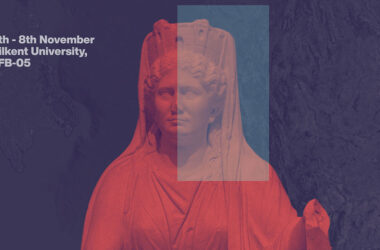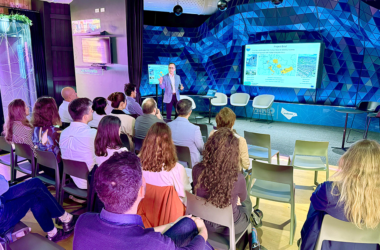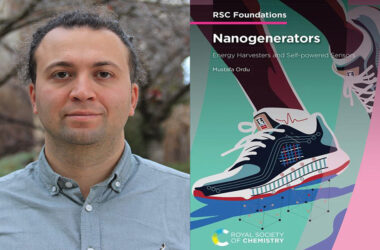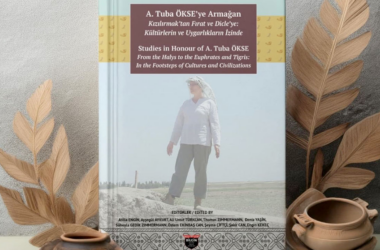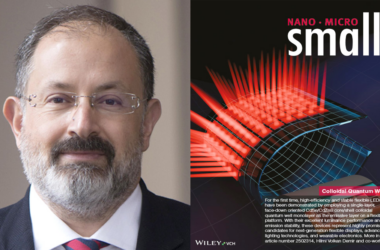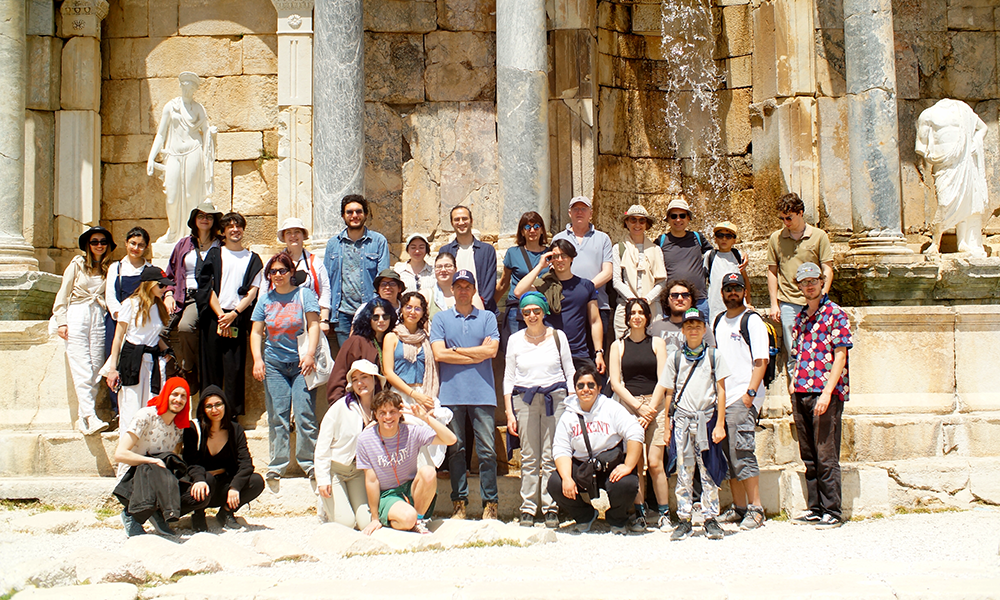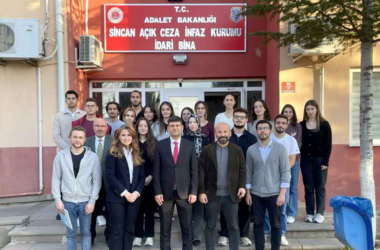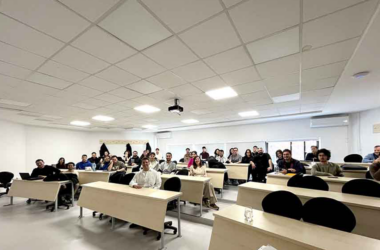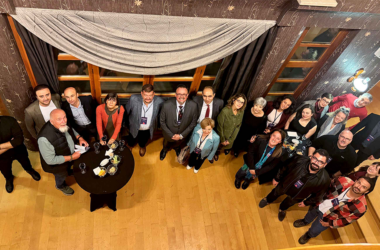Following Bilkent Archaeology Day on Friday, April 26, excavation director and faculty member of the Department of Archaeology, Dr. Peter Talloen, organized a trip to the ancient city of Sagalassos (Burdur Province). On April 27 and 28, Provost Prof. Orhan Aytür and his family, FHL Dean Prof. Simon Wigley and Department Chair Prof. Dominique Kassab Tezgör participated in the event along with 28 Archaeology students. On Saturday, Dr. Talloen gave a detailed tour of the Burdur Archaeology Museum where artefacts discovered in the Sagalassos excavations and in several other excavations in the region are on display. These objects comprise many sculptures from different monuments throughout the urban center as well as small finds that illustrate the artisanal production of the city as well as its daily life. The museum director, Murat Kaleağasıoğlu, shared information about the museum’s successful fight against illegal excavations in the area.
The group spent the night at Sagalassos Lodge in Ağlasun at the foot of the site.
On Sunday, the group explored the city of Sagalassos, capital of Pisidia during the Roman Imperial Period, under the guidance of Dr. Talloen, who has been excavating the site since 1995 and acting as director since 2023. The start of the excavations dates back to 1990 when the Sagalassos Archaeological Research Project was initiated by KU Leuven University (Belgium), who is still responsible for it today. As of last year, Bilkent University became an important partner in the Sagalassos Archaeological Research Project.
During this detailed tour that lasted more than five hours, all the major monuments and sectors of the site were described and explained within their geographical and historical context. They stretch between the days of Alexander the Great and the seventh century AD when a major earthquake—of which the fault line is still visible today—put an end to the life of the city. The tour covered many places, including the lower and upper agoras, the baths, the temples of Apollo and Dionysos, the stadium complex with its Christian basilicas, the Antonine Nymphaeum and the Neon Library. The visit ended on a high point at: the well-preserved theater, the highest example of such structures in the ancient world at 1600m above sea level.
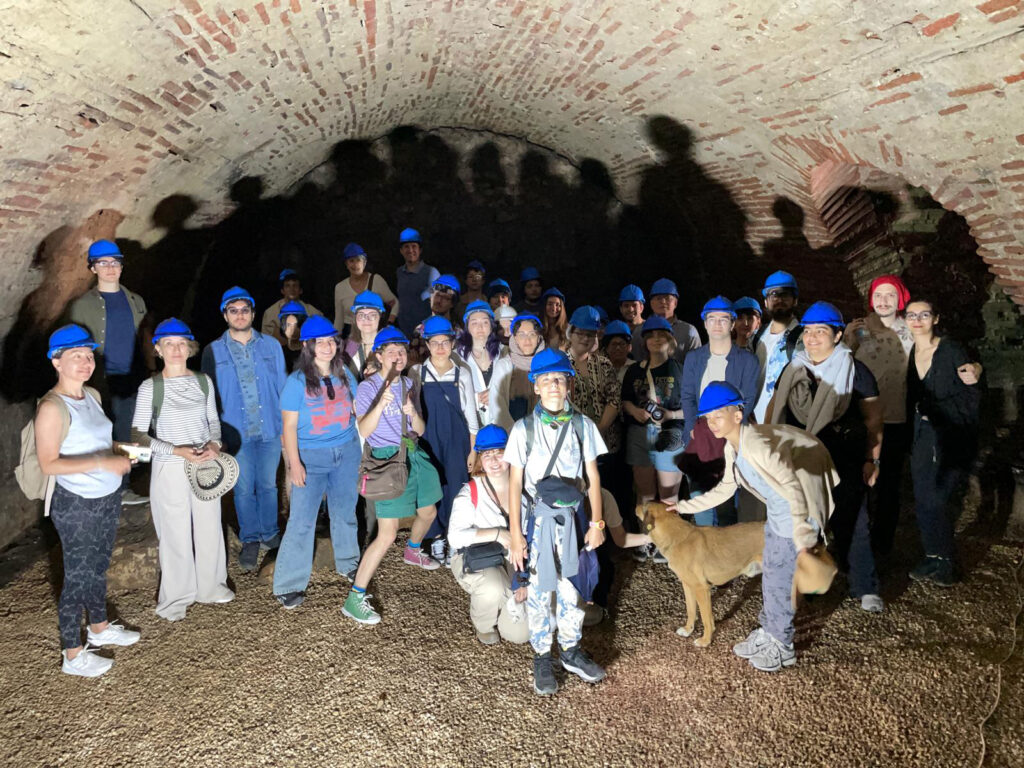
A number of Bilkent students, fully sponsored by the university, will return for their yearly internship. In summer, Sagalassos functions as a field school for international and interdisciplinary groups of students from Türkiye, Belgium, England and the Netherlands.
The department thanks Dr. Peter Talloen and the Club of Archaeology for this informative and enjoyable trip.


